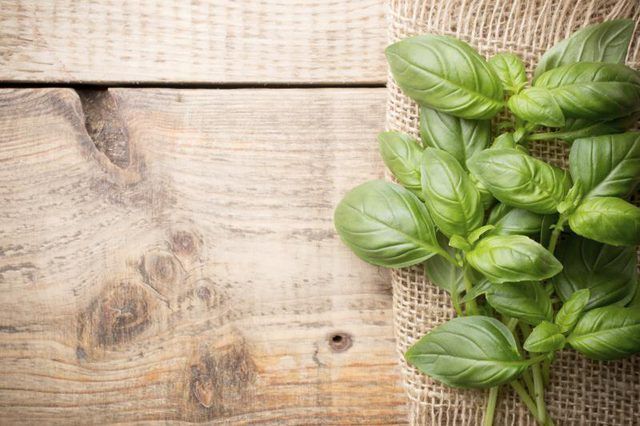Bulbs
Flower Basics
Flower Beds & Specialty Gardens
Flower Garden
Garden Furniture
Garden Gnomes
Garden Seeds
Garden Sheds
Garden Statues
Garden Tools & Supplies
Gardening Basics
Green & Organic
Groundcovers & Vines
Growing Annuals
Growing Basil
Growing Beans
Growing Berries
Growing Blueberries
Growing Cactus
Growing Corn
Growing Cotton
Growing Edibles
Growing Flowers
Growing Garlic
Growing Grapes
Growing Grass
Growing Herbs
Growing Jasmine
Growing Mint
Growing Mushrooms
Orchids
Growing Peanuts
Growing Perennials
Growing Plants
Growing Rosemary
Growing Roses
Growing Strawberries
Growing Sunflowers
Growing Thyme
Growing Tomatoes
Growing Tulips
Growing Vegetables
Herb Basics
Herb Garden
Indoor Growing
Landscaping Basics
Landscaping Patios
Landscaping Plants
Landscaping Shrubs
Landscaping Trees
Landscaping Walks & Pathways
Lawn Basics
Lawn Maintenance
Lawn Mowers
Lawn Ornaments
Lawn Planting
Lawn Tools
Outdoor Growing
Overall Landscape Planning
Pests, Weeds & Problems
Plant Basics
Rock Garden
Rose Garden
Shrubs
Soil
Specialty Gardens
Trees
Vegetable Garden
Yard Maintenance
How to Harvest Basil
How to Harvest Basil. Found in many a home garden, the fragrant herb basil flourishes in warm, sunny conditions with periodic watering. According to folklore, basil was used in love spells, provided good luck and protected against evil. In Italy, it was placed on a windowsill as a signal to one’s lover. Its best and most practical use,...

Found in many a home garden, the fragrant herb basil flourishes in warm, sunny conditions with periodic watering. According to folklore, basil was used in love spells, provided good luck and protected against evil. In Italy, it was placed on a windowsill as a signal to one’s lover. Its best and most practical use, however, is as a culinary herb, providing its signature flavor to many a dish. Many varieties are available, though sweet basil (Ocimum basilicum) is the most common. If you know the simple trick about harvesting this herb, you will have an abundant supply of its aromatic leaves throughout its growing season.
The Plant
Sweet basil grows as a perennial in U.S. Department of Agriculture plant hardiness zones 9 through 11. In all other areas, it grows well as an annual during the warm summer months. Its tender, vivid green foliage grows along a main stalk, with branches extending from that stalk. Each plant grows to about 1 foot 8 inches in height and 1 foot in width. The leaves are the edible portion of the plant.
When to Harvest
The key to harvesting basil is to prevent it from flowering. Nipping the plant at the bud, so to speak, forces the plant to keep producing leaves. If you miss the point at which the buds are just forming, it is not too late. A basil plant in bloom can still be harvested, although the leaves become tougher once the flowers bloom. Whenever you see a bud or flower cluster, pinch it off to keep the plant producing.
Harvesting Methods
Look along the topmost portion of the plant at the main stalk. When you see small round buds, pinch them off between your thumb and finger. At this point, you can begin harvesting by pinching off the tender individual leaf clusters along the periphery of the plant, which are the most sought-after by culinary experts. Alternative methods of harvesting include simply removing the top one-third of the plant at the stalk each time buds form or pinching off individual leaves as you need them. The National Gardening Association reports that herb nurseryman Tom DeBaggio of Arlington, Virginia, asserts the entire plant can be harvested at the stalk every three weeks, and it will continue to produce.
Storage
Once harvested, basil wilts quickly and must be stored properly according to its intended use. If it is to be used immediately, wash in cold water and process the leaves within the hour. If it is to be dried and stored, wash it in cold water, remove the leaves from the stems if necessary, and lay them on a paper towel to dry. Using a dehydrator or low-temperature oven can hasten the drying process. An alternative to drying the basil is to place the leaves in a food processor, add a small amount of olive oil until it becomes a paste, and put in ice cube trays for freezing.